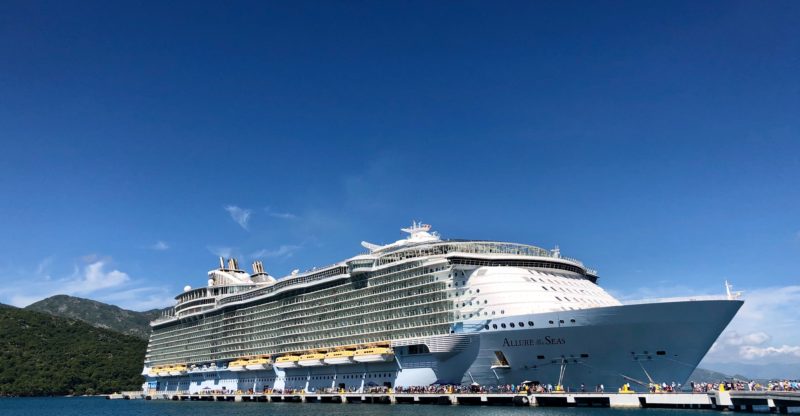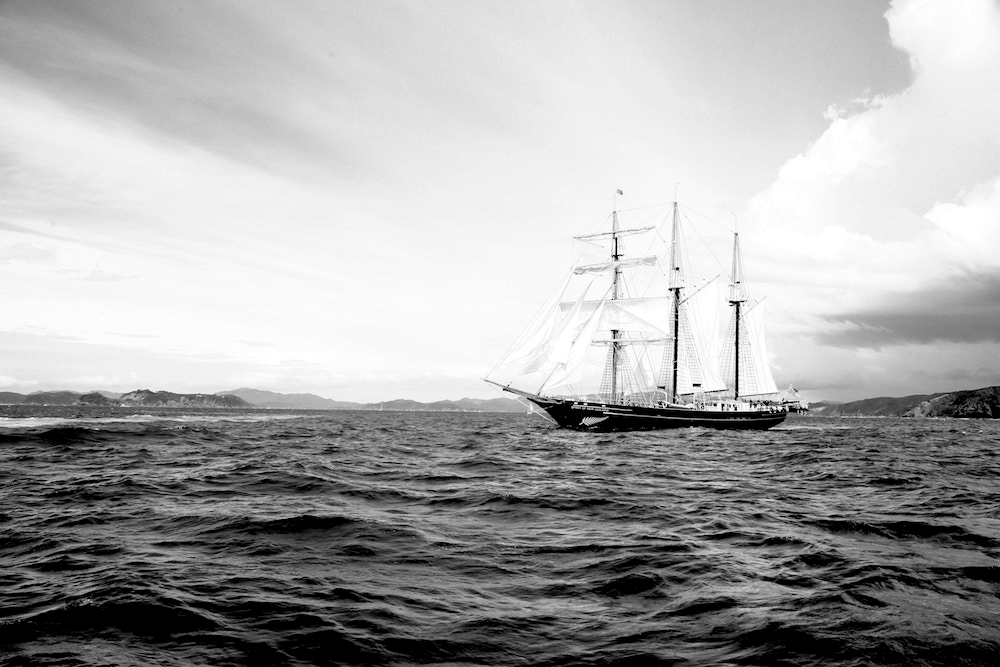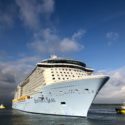The future of ship design
As we have already seen, environmental issues are one of the most important factors determining the design of the ship today. The IMO has recently set a limit on the sulfur content of marine fuels to reduce greenhouse gas emissions by 2020. This has led design engineers to reconsider traditional ship design methods.
New materials, efficient equipment, modern systems and environmentally friendly safety devices are now part of shipping and are driving shipping towards a greener future.
Green ships are not only a responsibility for the environment, but also a sensible financial investment. The design goals now focus on wastewater discharge management, acoustic signature, the use of LED lighting, environmentally friendly hull design and drainage.
One of the ideas for sustainable ship design is to create ships whose parts can be reused and reused in the long run, saving future production and capital costs. The new design procedure also requires regular maintenance and service by professional service companies.
Overview
The ship’s design has evolved over 6,000 years to achieve the advanced version we see today. The use of technology to improve performance and ensure an almost uninterrupted connection has made it possible to improve the safety of seafarers.
Now it’s time to understand the ship’s environmental impact and adapt the ship’s design accordingly to the management of the ships’ CO2 footprint. Indian boat and shipbuilders are working to implement these priorities so that ship design is heading for a green future.
Global events that have influenced ship design
The introduction of the steam engine marked a significant breakthrough in ship design. The use of high pressure steam made the ships more efficient. In addition, twin and triple expansion engines have been put into practice, which has improved travel efficiency. The Industrial Revolution saw significant changes to increase the production of watt motors, which affected the ship’s design process.
World War I was a demonstration of gigantic proportions, and ships were widely used and developed in naval warfare. HMS Dreadnought was one of today’s most advanced weapons. This transition before Dreadnought-Dreadnought had a profound psychological impact on the psyche of soldiers and became a decisive factor in the Allied victory decision.
Similarly, during World War II, there was an evolutionary change in ship design. Many of the ships that survived World War I were transferred as sea level aircraft during World War II. In addition, they also had longer hulls to improve speed and protect the hull from damage.
New methods of navigation and communication have been invented which are moving forward on all digital fronts. Longer hull lengths led to the need for more powerful engines, which in turn increased engine design.
It can be said with certainty that major conflicts in the world have led to a significant change in the ship’s design around the world, which to a large extent affects various aspects of design.



